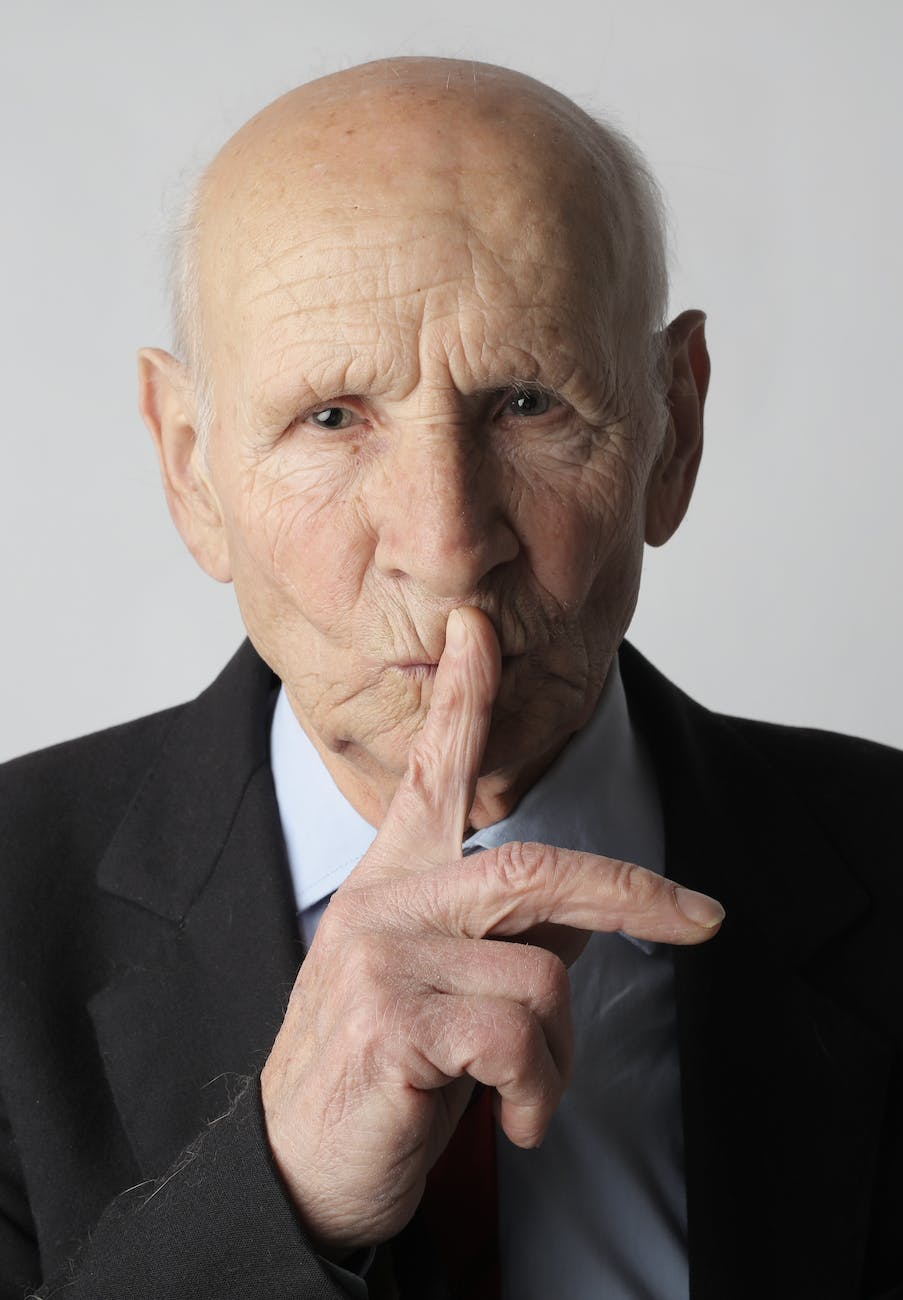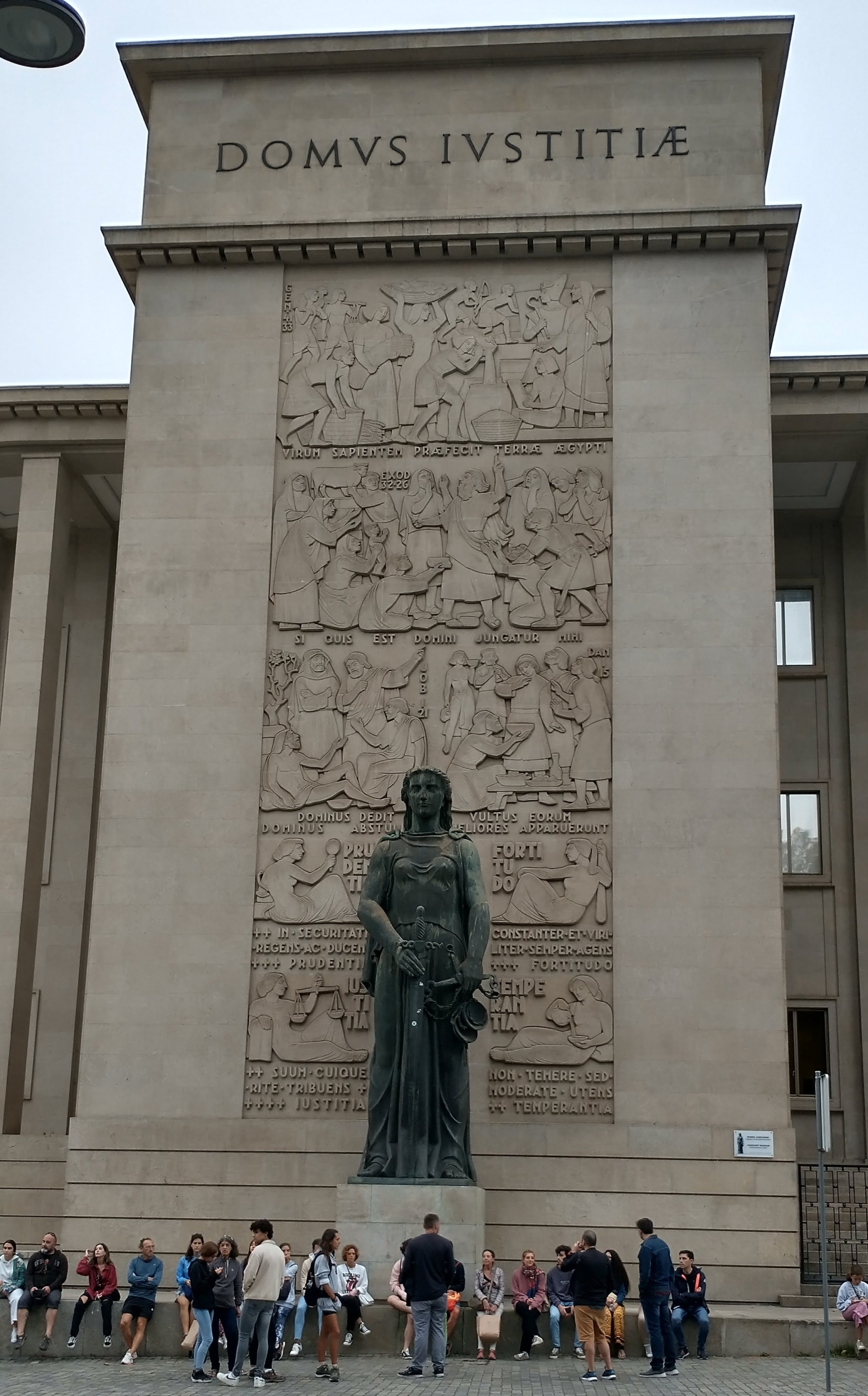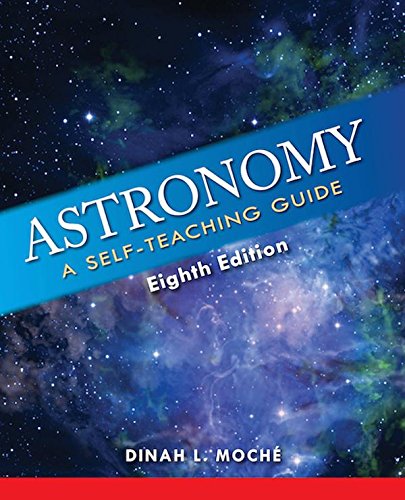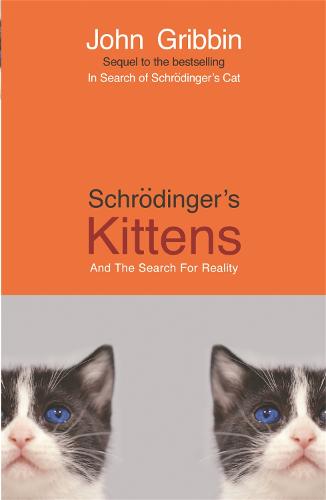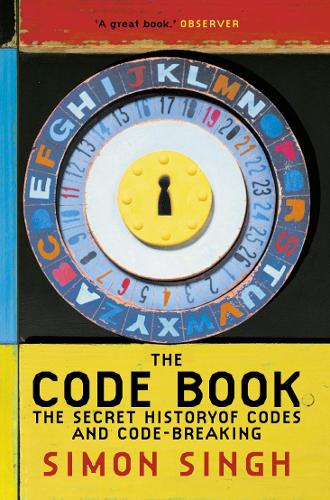Steve Croft is a former nurse, former police officer, current grandparent, keeper of dog, cats, chickens and bees. We also collaborate musically.
I’ve always been fascinated by the way our lives brush up against each other from time to time. I wonder how these interactions ripple out beyond the moment, so I was fascinated to read Tony’s thoughts in his blog ‘Reaching for the Same Packet’.
As a Police Officer the number of occasions such meetings happen was almost limitless. Doing the job I realised that a living presence has energy beyond the biochemical limitations of our bodies. Searching for a suspect in a house you can sometimes sense a presence before you actually find the person you are seeking. There’s a sort of fizz that dissipates as they realise they won’t get beaten, you realise they won’t fight you and you both become just people whose lives have collided.
Seeing someone emerge from the window of a factory office after responding to an alarm call is different again. Nobody ever shouts ‘stop police!’ because nobody ever does, but invariably the chase is on as they instinctively realise you are there. We run a short distance but I am fitter and faster so we quickly arrive at the moment when neither knows what will happen next.
‘Oh, it’s you Jason’ I say as I recognise him. He slumps, exhausted and becomes just the likeable, addicted, desperate young man I was accustomed to coming across. I reflect on our pasts remembering my own youth, hanging out smoking a sneaky joint on a deserted railway platform. But for a different decision, accepting a new tablet rather than declining, having a go at this drug or that for a dare, maybe I would be where Jason was now.
Responding to a call from someone worried about their friend you can already get a sense that life has left a house recently. There’s a sort of heavy sadness, almost a reluctance of energy to leave. You have time at an incident like this, time to consider what preceded the act that resulted in death and time to take stock of their lives from the evidence around you. Browsing the bookshelves you find yourself thinking ‘we could have been friends’.


